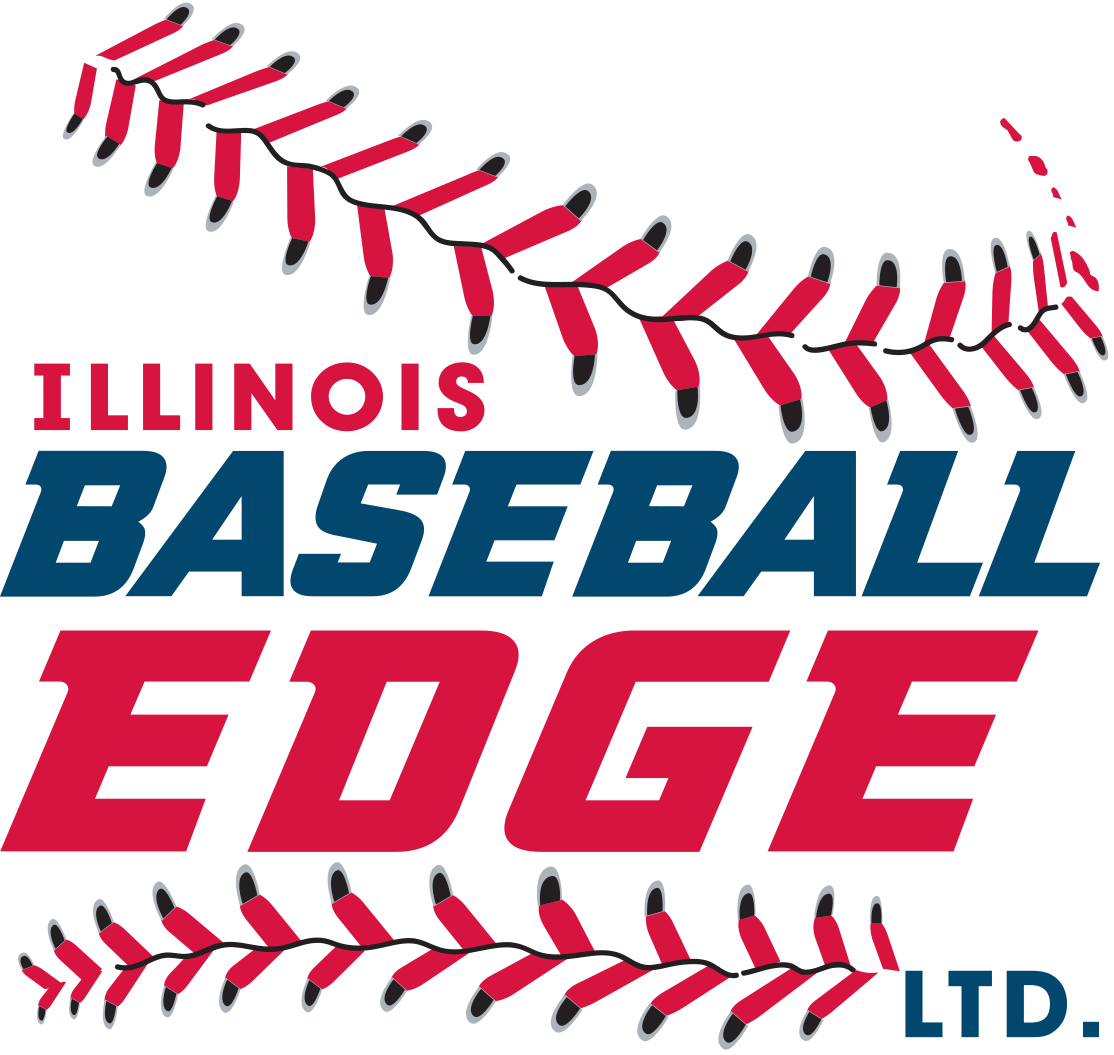How Do High School Stats Compare to the MLB?
How Do High School Stats Compare to the MLB?
Ernie and I found an article in Sports Illustrated by the great Tom Verducci back in 2016 entitled “New data results show high school baseball similar to MLB” (https://www.si.com/mlb/2016/02/11/big-data-gamechanger-high-school-majors). This article caused some serious discussion.
To summarize, Mr. Verducci worked with the GameChanger service to analyze billions of pitches, millions of games and about 100,000 teams from ages 8 to 18. I’m sure if you are reading this, you already know what GameChanger is, but, if you don’t, it is one of the 2 premier smartphone apps and services for keeping and maintaining youth sports statistics.
Mr. Verducci and GameChanger produced the following statistics, comparing rates between high school baseball and MLB:
Category | High School | MLB |
ERA | 3.89 | 3.96 |
First-strike percentage | 56.9 | 60.7 |
OBP after 0–1 count | .320 | .265 |
OBP after 1–0 count | .432 | .374 |
Walk rate after first-pitch ball | .281 | .141 |
Walk rate after first-pitch strike | .044 | .044 |
And here was the critical paragraph that piqued our interest:
“While ERA is lower in high school, it’s easier to get on base because of walks (and easier to score because of unearned runs), so the OBPs are higher in high school. But when you examine how the first pitch influences the outcome of the at-bat, the two brands of baseball that otherwise are a world apart look very similar. A first-pitch ball in high school yields an extra .112 in OBP, or a 35% increase. A first-pitch ball in the majors yields an extra .109 in OBP, or a 41% increase. And major league baseball pitchers aren’t that much better than high school pitchers at throwing first-pitch strikes—only one extra strike for every three times around the batting order, or one strike every 27 batters. The game appears to have a kind of innate equilibrium.”
But, does it? Can we really extrapolate from these few statistics that pitching at the two levels is the same? Is it still the same, 6 years later? In other posts, we talk about how the rate of injury is significantly different between the two levels. What else is different?
This article, and subsequent conversations, have kicked off a new pursuit for IBE, which is to better understand the statistics of the game at the high school level, and decide for ourselves to what extent it differs from the MLB. We feel like a lot of people inside the game expect that they can use MLB stats as a rough guide for what is happening at the high school level, maybe even because Mr. Verducci said so. We want to test that hypothesis.
Although we were unable to procure the underlying data for the Gamechanger study we were able to procure data by other means for comparison, from a purposely random sample of 100 schools around the country, to look at their total pitching stats for the 2021-22 season. We got final, full year stats for 803 high school pitchers.
If we zero in on the pitchers that threw at least 10 innings (hoping to control for regular starting pitchers and not spot starts), we were left with just 129 pitchers. I decided to start with Strikeouts per Innings Pitched, expressed as K/IP. How similar is this statistic to MLB pitchers in 2022?
649 MLB pitchers had an average of 0.95 K/IP in 2022. The 124 high school pitchers had an average of 1.06 K/IP, about a 12% difference. Is that enough of a difference to call it significant? Or is this another example of Verducci’s “innate equilibrium”?
What do you think? Are there reasons that there might be more strikeouts at the high school level than the MLB based on some easily explainable bias? Are pitchers more “ahead” of hitters at this stage of development? Do the team’s best pitchers get more of the team’s innings than in the MLB and that produces more K’s? Was I wrong to only look at pitchers with over 10 IP?
We also decided that we wanted to learn more about individual game conditions, and plan on acquiring that data as well! Stay tuned to this space as we will be looking at more statistics over time.
